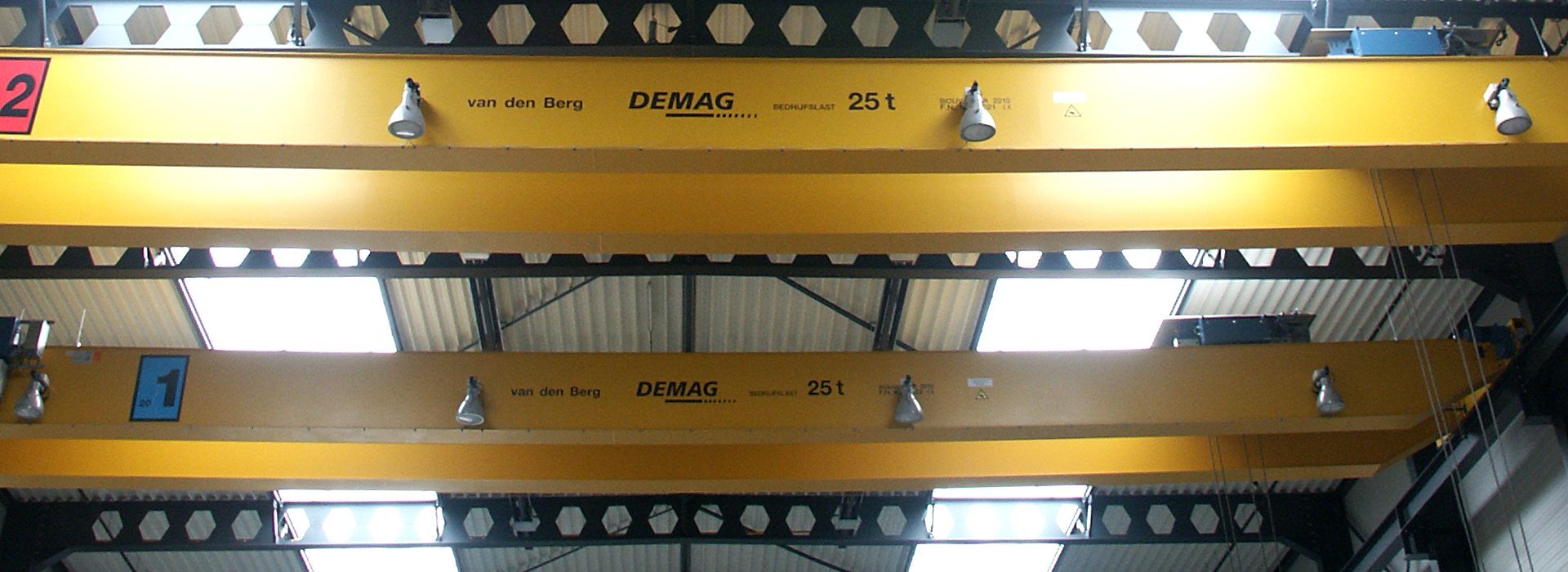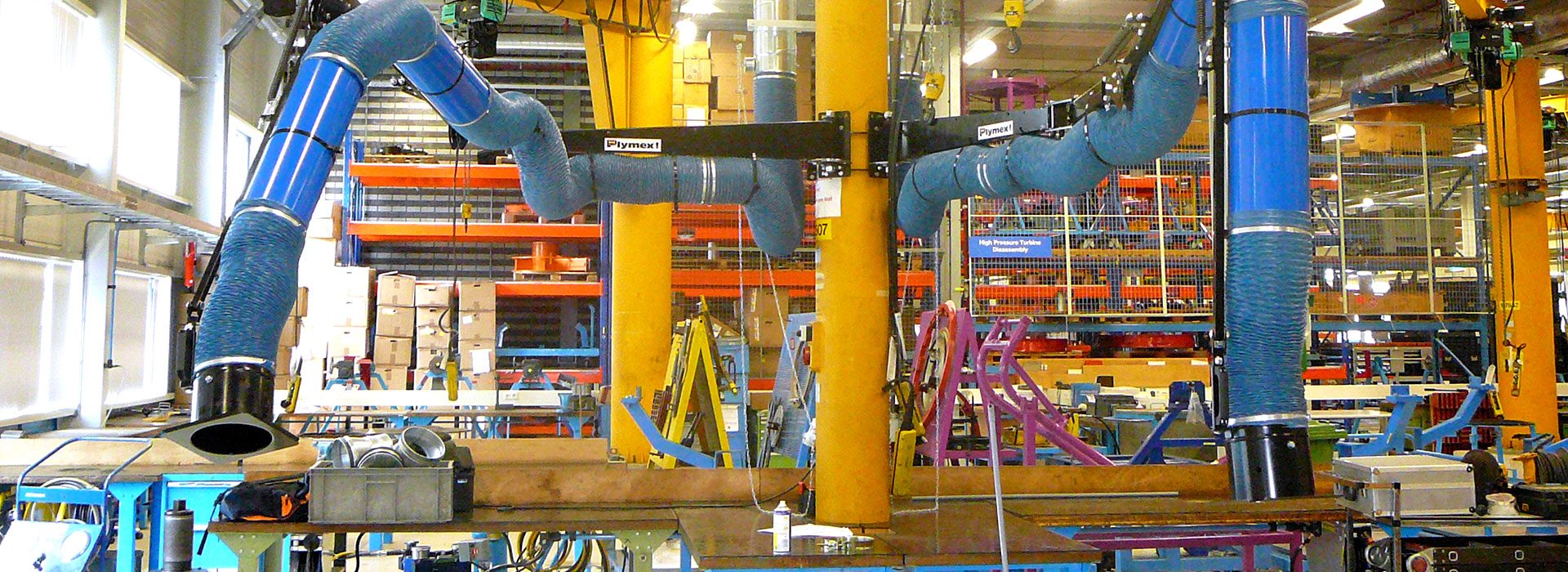The jobs of nearly 90% of garment and footwear workers in Cambodia and Vietnam are at risk from automated assembly lines – or “sewbots” – according to a new report from the International Labour Organisation (ILO).
There are 9 million people, mostly young women, dependent upon jobs in textiles, garments, and footwear within the Association of Southeast Asian Nations (Asean) economic area, which includes Cambodia, Indonesia, Thailand and Malaysia. These are the workers the ILO identifies as most susceptible to losing their jobs to the new robot workforce.
Sewbots are unlikely to appear in factories in Asia, the report says, but will be installed in destination markets like Europe and the US. It is such a big threat that the ILO urges Asean countries to start planning to diversify to “avoid considerable setbacks in development”.
Garment workers already tend to be low waged, overworked and susceptible to injury from lung ailments, to lost fingers, to being killed in fires and factory collapses. Adding to this list is now the risk of being replaced by faster, cheaper and less rebellious sewbots.
Jae-Hee Chang, co-author of the ILO report, says companies are attracted to automated technology because of competitive pricing and quality, and by the mitigation of reputational risk. He says potential mass unemployment could be avoided if Asean’s garment factories change their current “export-oriented” model and try to supply Asean’s growing middle classes.
“There is an opportunity in the Asean market which apparel factories should look into,” Chang says, referring to research which found people in the region are more favourable towards local brands. “Asean apparel makers can also reduce risks by producing more higher-value apparel which would be more difficult for automated technology to replace.”
But climbing the ladder to higher-value products means a big investment in worker training by employers and government, something Chang says trade unions will be critical in negotiating for.
One brand has already begun the process of using robots to make footwear. Adidas announced a factory in Germany that will begin manufacturing shoes using robots in 2017. The “Speedfactory” will employ just 160 people: one robotic production line will make soles, the other production line the upper part of shoes. With an additional factory planned for the US, it is a scheme Adidas describe as a “gamechanger”.
Currently an Adidas shoe takes 18 months to produce from idea to shelf. The aim is to reduce this to five hours, with customers able to customise their order in stores.
“Our goal is to decentralise production and set up a global network of Speedfactories closer to where the consumers are,” explains Katja Schreiber, spokeswoman for Adidas.
On the question of potential job losses for footwear workers across Asia, Adidas says the number of shoes made at the Speedfactory will stay at a modest 500,000 pairs per year compared to wider production in an existing supply chain. “In 2015, we sourced 301m pairs of shoes globally,” says Schreiber. “Based on our strategic business plan until 2020 … we will look at producing an additional 30m pairs of shoes annually.”
Even if automation in garment and shoe factories doesn’t happen immediately, it is on the horizon. So does such seismic change require a whole new approach? “We can see automation as potentially a good thing,” says Nick Srnicek, co-author of Inventing the Future: Postcapitalism and a World Without Work. “If we redistribute work around in a more equitable manner everyone can be working less, plus we can generate other ways in which people can get an income beyond just the wage.”
Reducing the working week from 40 hours to 32 hours and creating a three day weekend would, Srnicek argues, be a way to redistribute work more equitably. A universal basic income, with the state providing everyone with the minimum amount of money needed to survive, could provide financial security for people.
“There is an idea that [jobs threat presented by] automation is a rich country problem, but it’s much more of a problem for lower income economies,” Srnicek continues. “It’s not going to be easy to turn this into an opportunity and I don’t think the traditional approaches of the labour movement are going to solve it. But it could be an opportunity to move towards a post-work society.”
For the millions of people who stitch clothes and shoes for a living and who look set to be hardest hit by automation, could robots be an opportunity for fairer work?
“In a best case scenario, robots take on board the most repetitive, mundane and non-cognitive tasks of apparel manufacturing,” explains Chang. “Robots would also assume more of the dangerous and dirty tasks, like mixing of chemicals which can be hazardous to human workers. Ultimately, human workers would be able to perform more satisfying and rewarding, as well as higher-paid, jobs in the sector like programming robots for better production and design.”
Source:
https://www.theguardian.com/sustainable-business/2016/jul/16/robot-factories-threaten-jobs-millions-garment-workers-south-east-asia-women?CMP=share_btn_tw
Featured
“There is an idea that jobs threat presented by automation is a rich country problem, but it’s much more of a problem for lower income economies.”
Contact information
Thorbeckestraat 75a
NL-5301 NE Zaltbommel
T: +31 (0)418 68 08 44
F: +31 (0)418 68 08 13
E: centraal@uctechnologies.nl























